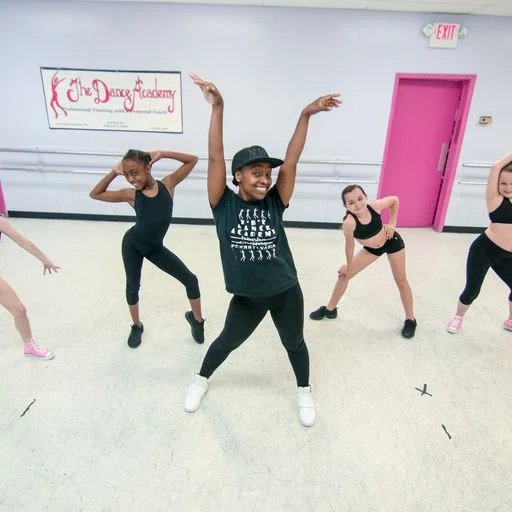
- what-makes-school-dances-so-popular
- the-case-for-why-school-dances-are-overrated
- when-dances-really-shine
- personal-experiences-and-social-media-influence
- how-schools-could-reimagine-dance-events
- explore-more-with-american-dance-academy
1. What Makes School Dances So Popular?
From homecoming to prom, school dances have long been a staple of the student experience. The tradition, often glorified in teen movies and media, promises a magical night filled with music, friendship, and picture-perfect memories. For many, it's a rite of passage—complete with formalwear, limousines, and slow dances under disco lights.
But as times change, so do expectations. This has led to growing debates among students, parents, and educators: are school dances overrated in today’s world?
2. The Case for Why School Dances Are Overrated
2.1. Cost vs. Experience
One of the biggest critiques is how expensive these events can be. Tickets, outfits, hair appointments, and transportation can quickly add up—only to deliver a night that, for some, falls short of the hype. Many students feel the pressure to participate, even if they’re not excited by the idea.
2.2. Not Inclusive for All
Dances are often marketed as fun for everyone, but in reality, they can be socially exclusive. Students without a date, those uncomfortable with loud environments, or individuals from different cultural backgrounds may feel left out. In that sense, the experience is more idealized than genuinely inclusive.
2.3. Repetitive Format
For those who attend multiple dances throughout their school years, the formula rarely changes. A DJ, a dark gym, photo booths, and soda stations—while fun at first—can become predictable and less exciting over time.
3. When Dances Really Shine
3.1. Social Milestones
Despite the criticism, school dances still hold a place of value for many. They’re social milestones, offering memories that stick. The anticipation, the bonding moments with friends while getting ready, and even the awkward dancing are all part of an experience people often look back on fondly.
3.2. Creative Expression
Some students use dances as a stage to express themselves—through fashion, performance, or simply stepping out of their comfort zone. For those passionate about dance, music, and community, these events can be deeply fulfilling.
4. Personal Experiences and Social Media Influence
One student, Olivia from Seattle, shared her story online: “I spent $200 prepping for junior prom and left after 45 minutes. It was loud, chaotic, and not what I expected.” Her post gained thousands of likes and sparked a broader discussion—highlighting that many teens feel let down by the reality compared to the online fantasy.
Social media plays a huge role in framing these events. With Instagram posts and TikTok trends setting the bar sky-high, it’s easy to feel like you’re missing out or not doing it “right.” The pressure to make every moment look like a scene from a movie is part of what leads some to believe that school dances are overrated.
5. How Schools Could Reimagine Dance Events
5.1. More Variety, Less Pressure
Rather than one-size-fits-all dances, schools could explore themed events, casual mixers, or outdoor festivals. These alternatives could provide a more relaxed and accessible environment for all students.
5.2. Student Involvement in Planning
When students have a say in the planning process, dances feel more reflective of the current culture and student body. Involving diverse voices ensures the event is fun, relevant, and meaningful to more people.
5.3. Supporting Passion Through Dance
Beyond social dances, schools can also support students interested in the art of dance itself—through clubs, performances, and competitions. Institutions like American Dance Academy offer incredible resources and training for those who want to go beyond prom and into performance, competition, or even careers in dance.
6. Explore More with American Dance Academy
If school dances feel overrated to you, maybe it's not the dancing you dislike—it’s the format. Explore new ways to fall in love with dance by visiting American Dance Academy, where you’ll find programs tailored to passion, skill, and creativity. Whether you’re looking for casual classes or professional guidance, the right dance environment can completely change how you see movement, music, and expression.
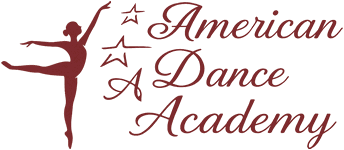
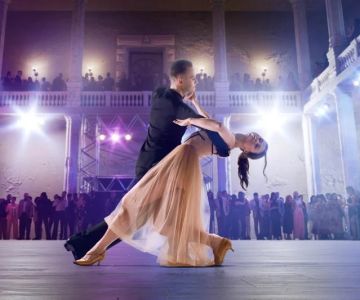
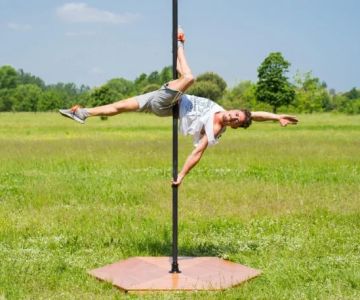
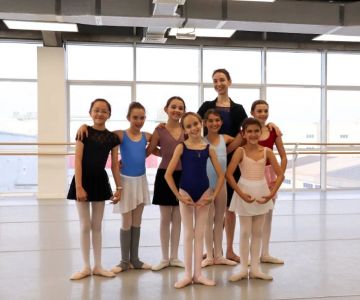
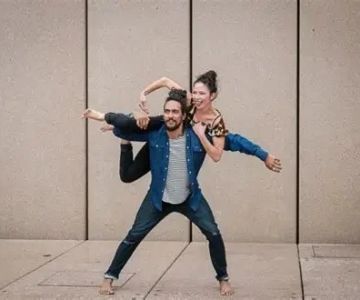
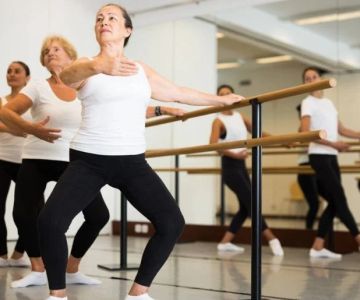
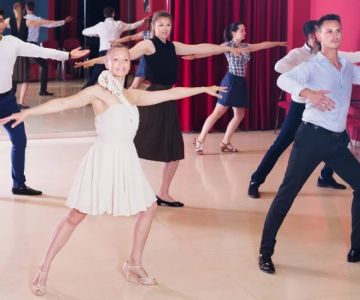
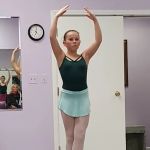 Barrington Dance Academy5.0 (22 reviews)
Barrington Dance Academy5.0 (22 reviews)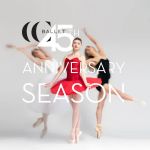 Canyon Concert Ballet4.0 (17 reviews)
Canyon Concert Ballet4.0 (17 reviews)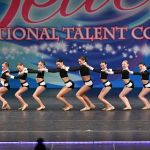 Big City Dance Center LLC4.0 (25 reviews)
Big City Dance Center LLC4.0 (25 reviews) Tye Chua Dance & Kalamazoo Ballet5.0 (18 reviews)
Tye Chua Dance & Kalamazoo Ballet5.0 (18 reviews) Fenton Ballet Theatre4.0 (24 reviews)
Fenton Ballet Theatre4.0 (24 reviews) Front Street Dance Center5.0 (7 reviews)
Front Street Dance Center5.0 (7 reviews) Are There Dances in Middle School? What Students and Parents Should Know
Are There Dances in Middle School? What Students and Parents Should Know How a Dance School in Instagram Builds Community and Success
How a Dance School in Instagram Builds Community and Success Why Do Schools Teach Square Dancing?
Why Do Schools Teach Square Dancing?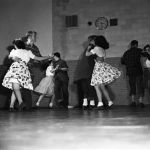 Why Was Square Dancing Taught in School?
Why Was Square Dancing Taught in School? Why Swing Dance Is Popular for Adults
Why Swing Dance Is Popular for Adults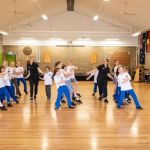 A School Dance: How to Prepare, Shine, and Make It Unforgettable
A School Dance: How to Prepare, Shine, and Make It Unforgettable